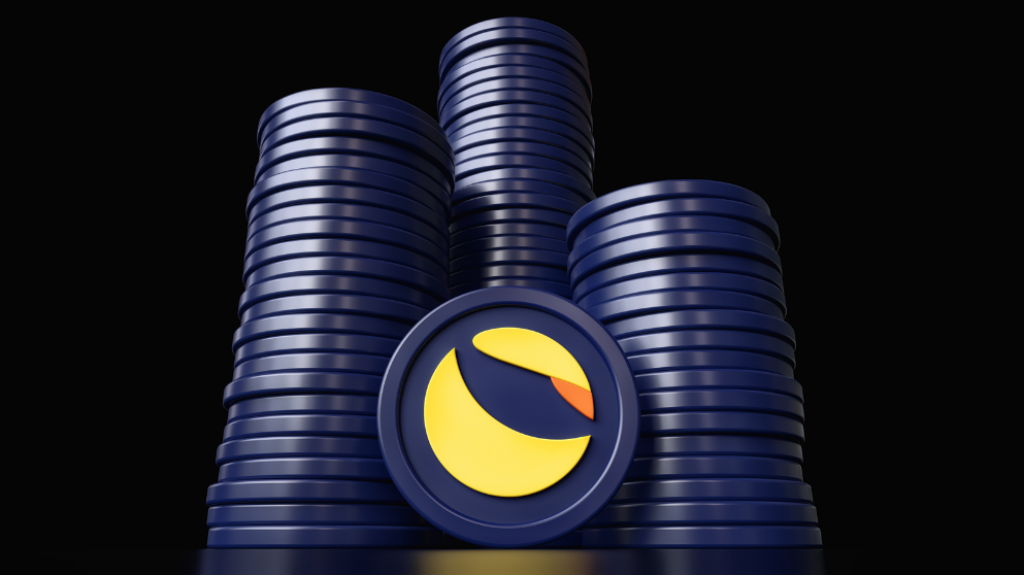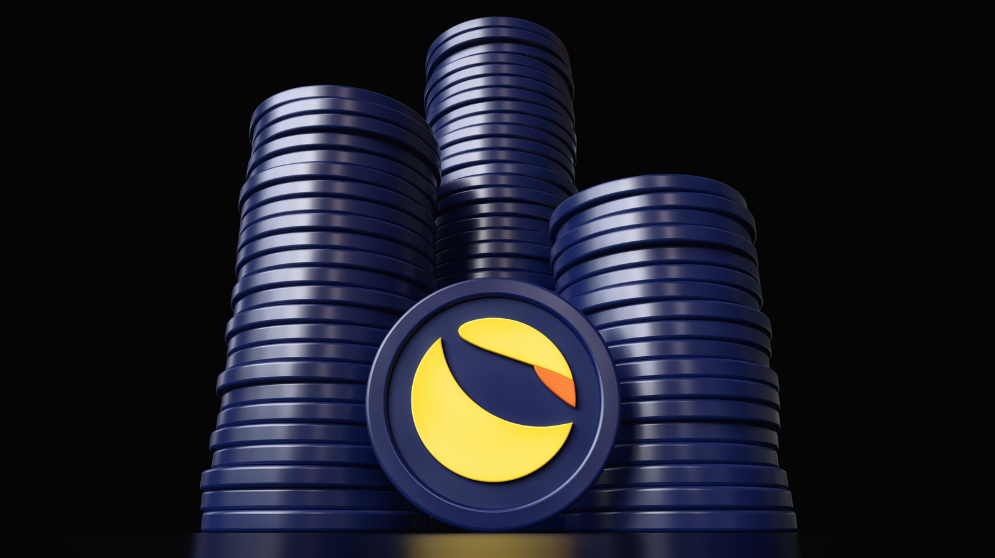Terra’s fall and rebirth is one of the year’s major crypto stories. Terra was formerly one of the biggest blockchain initiatives in the world. It does this by splitting Terra Classic (LUNC-USD) and Terra 2.0 (LUNA-USD). Will this boost the ecosphere?
Terra is a layer-1 blockchain network that rivals Ethereum (ETH-USD). Terra’s decentralized applications (dapps) include Anchor (ANC-USD) and Mirror (MIR-USD).
Do Kwon launched Terraform Labs to build the network he built. Kwon and Terraform Labs launched the network in 2019. It also uses a governance mechanism, enabling people to select Terraform Labs’ network-growth operations.
Luna Foundation Guard is another Terra player (LFG). The LFG is a group of Terraform Labs members that want to maintain TerraUSD (formerly TerraClassicUSD) fixed to $1. LFG formed following TerraUSD’s price de-peg at the start of the year. It acquired billions in Bitcoin (BTC-USD) and Avalanche (AVAX-USD).
Terra’s Quick Fall
The network gained traction as an Ethereum alternative. This broke apart weeks ago. TerraUSD lost its $1 peg again, and being a significant element of the ecosystem and an anchor to LUNA’s supply, this incident sent the entire network into a downward spiral. LUNA and TerraUSD fell till they became worthless.
The LFG didn’t arrest the project’s downfall. It utilized roughly 80,000 BTC to stop the stablecoin’s price slippage. Investors also lost millions. A $1 million LUNA coin investment was worth less than $200 in three days. Terra developers stopped the chain, preventing users from transferring items on or off the network.
Do Kwon and the Terraform Labs team quickly devised a solution. The Terra Revival Plan was chosen to revive the LUNA coin.
Terra Ecosystem Developers Create a Second Network
Terra raised a second blockchain network as investors’ answer. Terra 2.0 introduced a new LUNA coin. The original Terra chain became Terra Classic, while LUNA became LUNC.
Terraform Labs isn’t abandoning the chain. Terra 2.0 is the focus of the revival plan. After a delay, the network opened on May 28 with a LUNA airdrop for initial investors.
How did investors get here? Terraform Labs controls the future. The crew must overcome trust concerns to sustain Terra 2.0. Do Kwon and Terraform Labs are hampered by murky tales.
The corporation’s Korea unit reportedly evaded taxes and routed money via a shell company, raising questions about what the management knew. Do Kwon was behind another unsuccessful stablecoin project, which he didn’t tell Terra users.


1 thought on “What Happened to Terra and LUNA?”